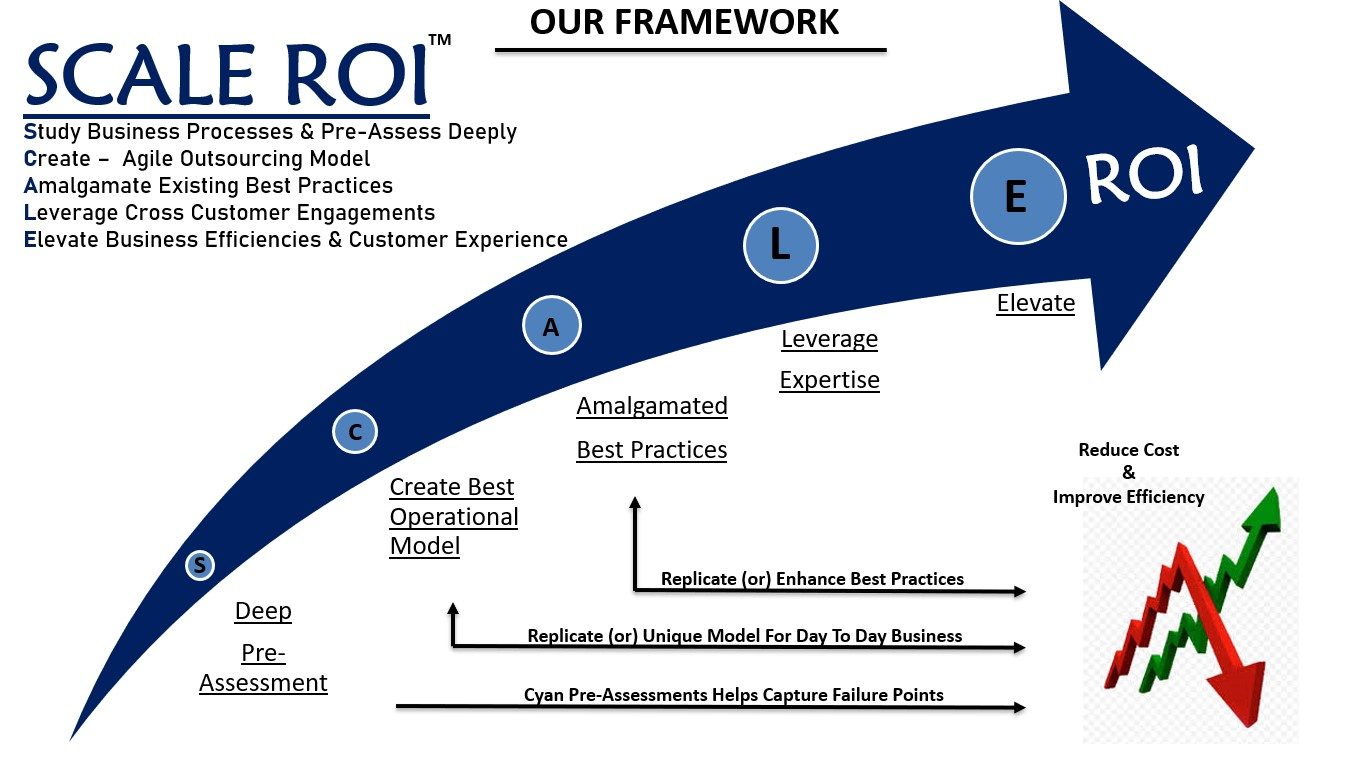When a training or a development program is planned for your organization, you expect to gain enhanced skills and productivity, greater retention curve, and an improved organization branding. After you deliver any type of corporate training, you must ask these questions:
- Was training delivered as planned, Timing and who joined and missed, why?
- Which training methods helped with which topics and which attendees group?
- Which methods didn’t work with which topics or attendees?
- What specific challenges / Issues occurred?
- How effective was the trainer at engaging the attendees and getting the context across?
- How did the training impact employee behaviour/performance?
- Did the training satisfy regulatory and legal requirements?
- Were all stated goals reached? If not, what could have been better?


Why measurement of training outcome is so vital?
Statistics prove that companies across the industries invest heavily in employee training and development. According to many industry analyst(s) , employee training and education spends in the India, USA and Europe alone are growing incrementally by 16% every year. In addition to enhancing knowledge and skills, measuring training effectiveness has proven to be an important tool to boost employee engagement and retention. Outcomes and measurements of past training also act as critical inference while planning future workshops.
Organizations should ensure that employees can demonstrate a positive effect of training through improved productivity and overall skill development. With the growing focus on continuous learning and development, businesses are keen on identifying reliable metrics and methods to measure the effectiveness and the ROI of such employee training initiatives. After all, you would not want to deliver training that does not provide expected results.
Evaluating Training Outcomes
Post-training assessments, 1:1 discussions, staff surveys, participant case studies, and official certification exams are some ways to measure training effectiveness. The more data you collect on measurable outcomes, the easier it will be to quantify your company’s ROI. Before training begins, it is helpful to plan what factors you will be measuring and how you will collect these data. Fortunately, some proven methodologies for measuring training effectiveness already exist. Cyan inbred deep expertise helped us to come up with an exhaustive pre-assessment form to gauge the current skill/domain levels for each participant.
The CYAN Assessment & Training Model
Our Framework


Level 1 – Scientific Pre-Assessment of Audiance
This level measures the current skill levels of the target audience. The form is exhaustive enough the capture key gaps at an individual level and causes.
The survey is conducted in forms of interview (or) questioner whichever is as applicable:
- Participant Discovery – Business, Years of Experience, Skill Needed, Proficiency
- Ability to Learn – Key questions which encapsulates what learning methods will be useful for the user
- Benchmark – Questions which benchmarks the participant knowledge and expertise in the domain which is relevant to the business
- Psychometric – How does participant obtains the learning and responds
Level 2 – Content – Tailor Made (Most Relevant For Audience & Program
You can determine each learner’s needs by using the principles of CYAN scientific way of assessing audiences and understand their strengths, challenges, aptitudes, interests, talents, and aspirations. Cyan assessments have often been connected to special learning needs, but it is a framework that applies to ALL learners who have variability in their learning. It helps trainers understand all the learners in their training sessions. Every participant brings something different and has different strengths.
Making the most of the technology requires a methodical and principled approach, one that turns the aspirations of personalized learning into an effective practice of personalized learning. Cyan’s design of learning makes that practice possible.
Providing the tools, diverse activities and scaffolded content to meet each learner’s unique needs can feel daunting. It’s important to start small with one new practice or strategy and then build on that.
There are a number of tools that Cyan experts explores, that can help to address learner variability, here are just some examples:
- Collaborate– some days we work better together. Get participants to work together on Google Slides or Microsoft PowerPoint. Maybe one on content, and one on design if that is where their strengths lie.
- Sketch noting– where participants can adopt visual note-taking to support information recall and build understanding. The new stylus and touch devices are great for this. Some participants are shy – Cyan trainers understands this very well and know methods to get them involved.
- Team Work– Solving problems together is the best way to energize team work. We ensure that this cultural amplifier is always considered.
Level 3 – Amalgamated Methods (Bringing Audience & Learning Together)
While the details captured individual wise through various methods, it’s important that the session is delivered in the most synergetic way to harmonize the content and messaging carved for the program. One of the most distinct ways to do that is to answer below questions to ensure the program touches each and every individual.
- Was the course content relevant and easy to follow?
- Ask questions about the learnings and key takeaways.
- Discuss the strengths and weaknesses of the program.
- Understand if the training was able to accommodate the learner’s pace and learning style.
Level 4 – Leading The Training / Intervention In An Engaging Way
After speaking to L&D heads of many companies. CYAN analysed most of the methods to zero in on few which is exciting and impactful for the audiences. The conventional methods are either boring or non-impactful resulting in almost zero ROI for the businesses across industries. Few of the impactful methods to name few are listed below.
- Case Study – Solving a problem which encompasses the core content being delivered.
- Games Based – To keep participants engaging and motivating.
- Simulations – Using the survey bases relevant for the business
- Role Plays – Bringing out the best potential in each and every individual.
Level 5 – Elevate
Measure the knowledge and skills gained by learners as a result of the training. To measure this level, Cyan uses a combination of metrics such as:
- Test scores during and after the training
- Evaluation of applied learning projects
- Influence on performance KPIs on the busiensses
- Course completion and certification
- Supervisor report and feedback
At this stage of, Cyan will be able to determine if the training is meeting its set objectives, what are the specific skills that can be developed with this training, and the scope for improvements in content and method of delivery.
Understand how the training has impacted the learner’s performance and attitude at work. Evaluate how the training has influenced the learner’s performance and delivery at work by using a combination of these methods:
- Self-assessment questionnaires
- Informal feedback from peers and managers
- Focus groups
- On-the-job observation
- Actual job performance key performance indicators (KPIs)
- Customer surveys, comments, or complaints
Topics to cover in your assessment include:
- How has learning been implemented at work?
- Are the learners confident to share their new skills and knowledge with their peers?
Measure the tangible results of the training such as reduced cost, improved quality, faster project completion, increased productivity, employee retention, better marketing leads, increased sales, and higher morale. Key metrics to measure are:
- Improved business results
- Increased productivity and quality of work
- Employee retention
- Higher morale
- Customer satisfaction index
ROI – Why CYAN Loves ROI (or) Performance Based Outcomes

